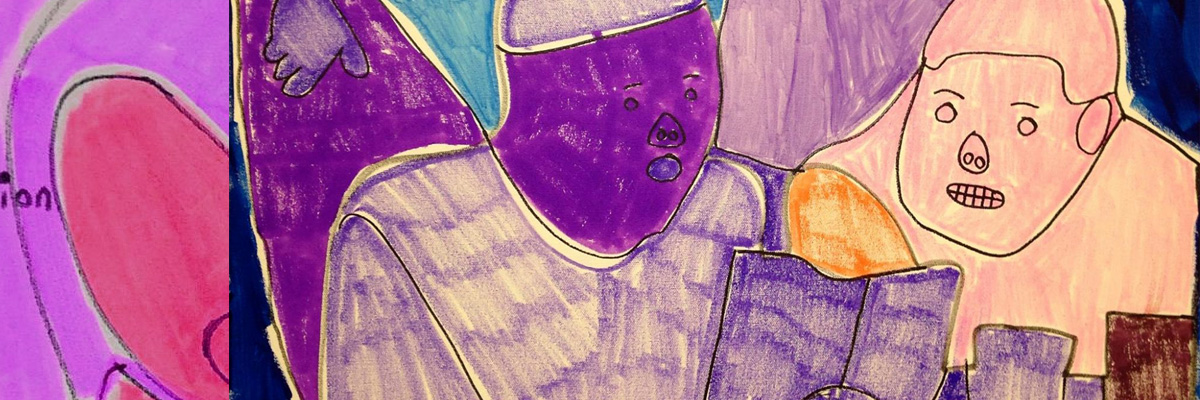
Often times, people with autism experience associated physical impairments including low muscular tone, delayed gross motor skills, decreased balance, difficulty coordinating both sides of their body, poor endurance and difficulty integrating sensory information to perform motor tasks.
Physical therapists are playing an increasing role in the treatment of children with Autism Spectrum Disorder. A physical therapist will take an active role in the multidisciplinary team along with the child, family and educational team to establish meaningful goals to promote an individual’s optimal function within the school setting.
When an individual’s need for physical therapy is established, a PT will conduct a comprehensive evaluation to establish each child’s functional and developmental level to determine their individual needs. From that information, treatment strategies are employed to assist the individual in accessing their environment successfully. Physical therapy can assist an individual in the following ways:
- Improving sitting posture and endurance
- Increasing independence in locating and accessing important rooms
- Modeling movements to improve body awareness
- Improving safety and control during transitions to and from the floor
- Gaining new motor skills for improved participation in physical education (jumping, hopping, galloping skipping)
- Negotiating stairs, curbs, buses and other obstacles
- Promoting safety awareness
- Increasing one’s ability to follow multi-step directions during motor tasks
- Improving self and equipment managements skills including backpacks
- Promoting cardiovascular endurance
- Improving muscular strength and joint range of motion for optimal movement throughout the school day
- Providing sensory input to improve one’s attention to a task
Members of the Physical Therapy Department participate as members of the interdisciplinary treatment team by:
- Attending team meetings
- Participating in CSE (committee on special education) meetings
- Consulting with parents, teachers and therapists from other disciplines, and other staff members
- Working cooperatively within the interdisciplinary treatment team
